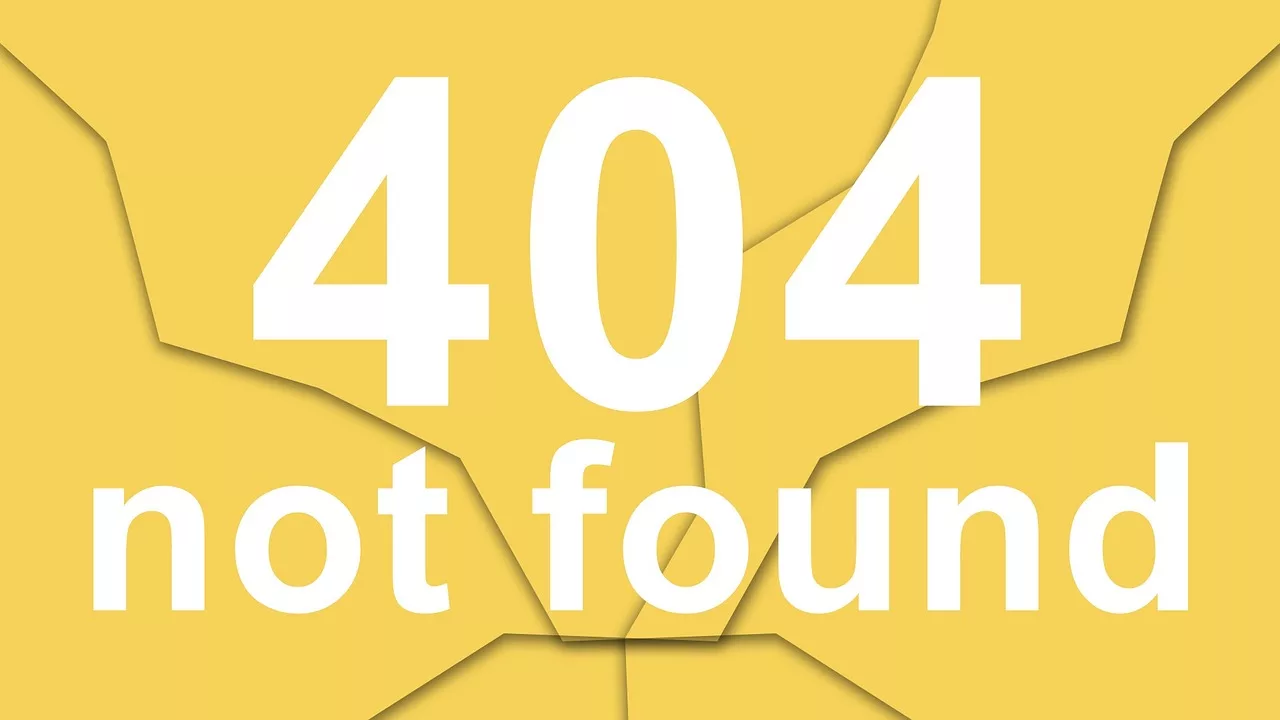What Are HTTP Response Status Codes?
We all love browsing the internet and scrolling through social media. But, do you know that by doing that, you are starting a conversation between your phone/laptop browser and a server?
Yes. When you open a website, you send an HTTP request to a server, requesting for a file or document to be sent to you, in your case, a website. A response along with a status code is generated which tells the browser the status of the server and the data being requested.
Today, we will talk about these codes and what you can do when you see one. Let’s get started!
HTTP Response Status Code Classes
Just as we have different languages to communicate with friends and family, there are 63 status codes which your browser and the server use to communicate. These codes are 3-digit integers and are classed from 1xx – 5xx. Here is what they signify:
- 1xx informational responses
- 2xx success
- 3xx redirection
- 4xx client errors
- 5xx server errors
Although there are 63 of these codes, we will talk about the common codes we daily encounter and what to do when you see it.
The Common HTTP Response Code Classes
CODE 200:
This is the standard ‘OK’ code for your normal, everyday, functional running web page. It means that the requested resource has been fetched and successfully loaded on your browser. Therefore, website visitors pass through the web page like a breeze.
CODE 301 (PERMANENT REDIRECT):
This particular code is for businesses that decides to have a new website, therefore, migrating all the data from the old to the new. However, how do you tell the thousands of people using your website of the web address change? This is where the code 301 comes in. Code 301 is a status code sent by the web server of your old website to your browser, telling it that the website have been moved permanently, and at the same time, move the user to the new website. If you need to migrate your website, contact us, we can help you do that seamlessly.
CODE 302 (TEMPORARY REDIRECT):
A 302 redirect is similar to a 301 in that visitors are redirected to a new page. However, 302 is temporary and can be used for various purposes like creating a temporary landing page for running a promotion for your business, or test a new design for your website without affecting the old one or it’s data. Codes 301 and 302 can be set up by a website engineer on the server your website is being hosted on.
CODE 400 (BAD REQUEST):
Oops, what did I just touch? That’s how you’d probably reacted when you see this on your screen while trying to visit a page. HTTP code 400 means that the computer you’re talking to doesn’t understand what you are saying. It’s like you tell a friend to help you do something, but you use words he doesn’t understand and he asks you to explain again. In this case, the server is telling the client and by extension, you, to check and make sure you are using the right words or instructions so it can understand what you want it to do.
CODE 403 (FORBIDDEN):
This code means you are not allowed to visit that website, at all, and it occurs when the server denies you access to a requested resource. There are several reasons why this may happen, including insufficient permission/authentication to access the resource, security software in the server that blocks your IP address from accessing the resource. Clearing your browser’s cache and cookies which could contain corrupted files or accessing the resource with a different device or network can help you fix code 403.
404 (NOT FOUND):
Resource not found
CODE 500 (INTERNAL SERVER ERROR):
Code 500, a stuff of nightmares for web designers and website owners alike, this message pops up when while trying to access a website, something wrong happens to the server. Because of this, you won’t be able to access your website. This can be caused by the server being overloaded with too many requests, software bugs or coding errors, configuration issues. To fix this, the website engineer have to identify the cause of the error and fix it.
CODE 503 (SERVICE UNAVAILABLE);
This is very similar to code 500 and this happens if the server is unavailable, temporarily overloaded or under maintenance. Your best bet is to wait and try again later. You can contact the website owner to check and fix this error from the server side.


